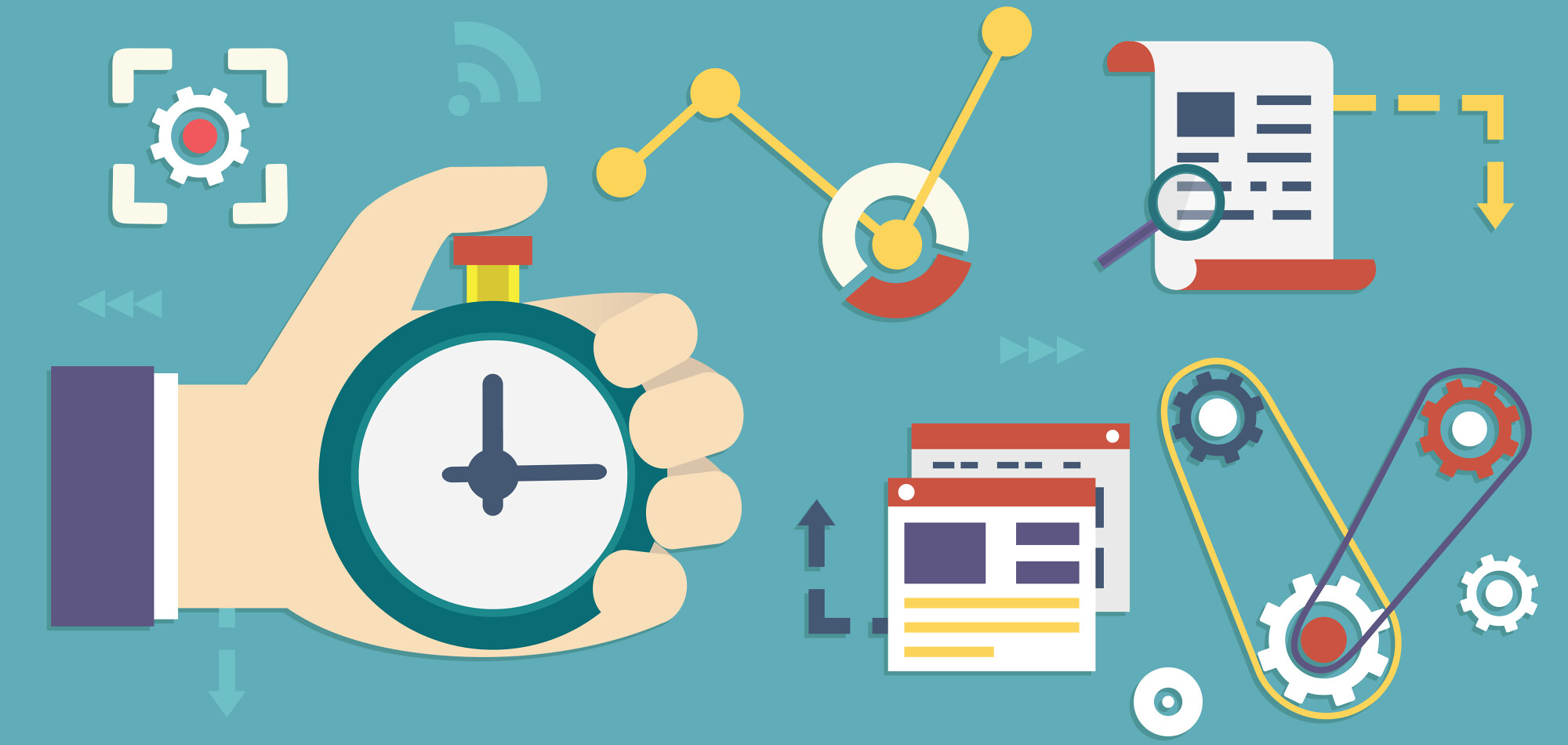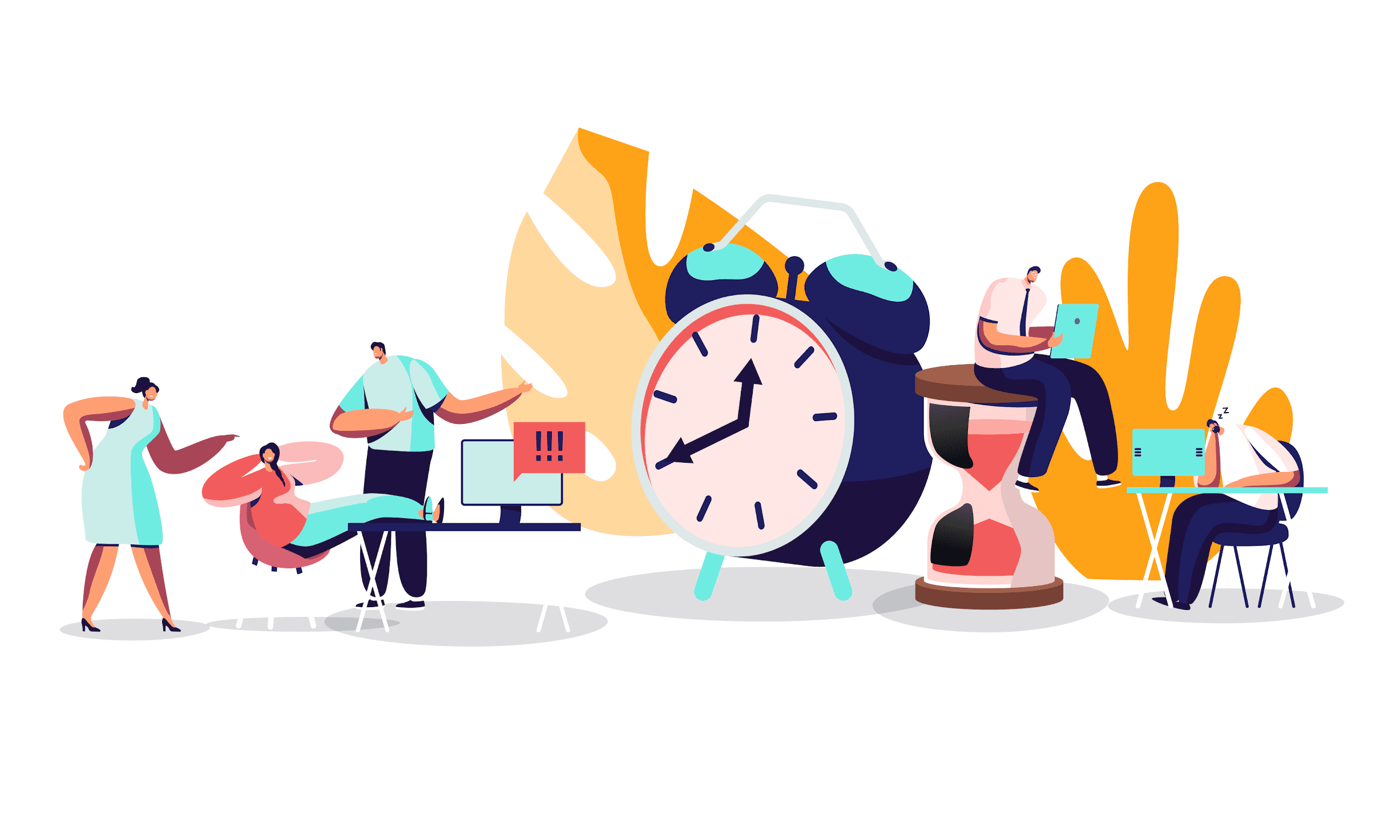What Is a Sales Funnel?

What Is a Sales Funnel?
A sales funnel is a marketing concept that represents the journey a potential customer takes from being aware of a product or service to eventually making a purchase. Just like a real-life funnel, the process involves narrowing down a large number of prospects at the top and guiding them through various stages until they convert into paying customers at the bottom. Understanding and effectively utilizing the sales funnel model is essential for businesses to optimize their marketing strategies and drive revenue.
1. Awareness Stage
The top of the sales funnel is the awareness stage, where potential customers first become aware of a product or service. This can happen through various channels such as social media, search engines, advertisements, or word of mouth. The goal at this stage is to attract as many prospects as possible and make them aware of the existence of the product or service.
2. Interest Stage
Once individuals are aware of the product or service, they move into the interest stage. Here, they begin to actively seek out more information and evaluate whether the offering aligns with their needs or desires. Marketers need to provide valuable content, such as blog posts, videos, or webinars, to nurture this interest and keep potential customers engaged with the brand.
3. Consideration Stage
In the consideration stage, potential customers have expressed a clear interest and are considering whether to make a purchase. They may compare different options, read reviews, or request demos or trials. Marketers need to provide detailed information about the product or service’s features, benefits, and advantages over competitors to help prospects make informed decisions.
4. Decision Stage
At the decision stage, potential customers are ready to make a purchase. They may have narrowed down their options and are looking for that final push to convert. This is the stage where marketers often use tactics such as discounts, promotions, or free trials to incentivize the purchase and encourage action.
5. Action Stage
The bottom of the sales funnel is the action stage, where potential customers finally convert into paying customers by making a purchase. However, the journey doesn’t end here. Marketers need to continue nurturing these customers to encourage repeat purchases, referrals, and ultimately, loyalty to the brand.
Overall, the sales funnel provides a framework for understanding and guiding potential customers through the purchasing process. By effectively implementing strategies at each stage of the funnel, businesses can optimize their marketing efforts, improve conversion rates, and ultimately drive revenue growth.




